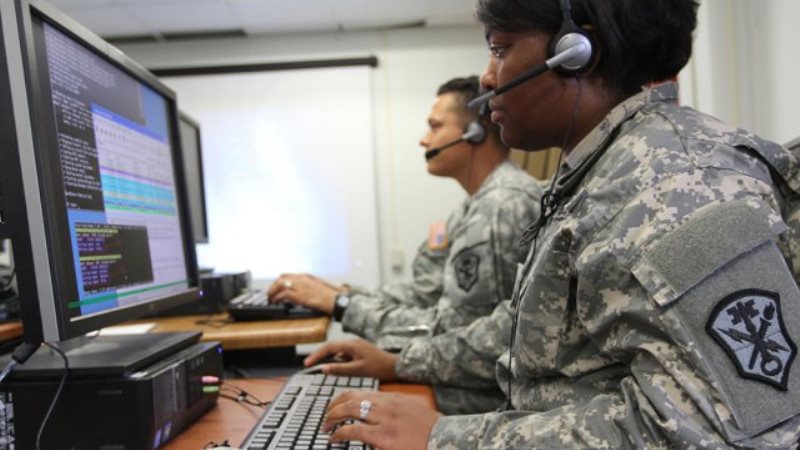
Despite some recent improvements in its incentive systems, the Department of Defense is still scrambling to recruit and retain skilled cybersecurity personnel.
The military has for years now run a number of programs to try to attract and retain talent, including encouraging cyber education curriculums, staging hackathons to attract young people, and boosting pay incentives and retention bonuses. Lately, it has added to those steps.
The Army late last year launched a Cyber Direct Commissioning Program, allowing the service to bring new recruits on board at an officer’s rank of up to First Lieutenant, a process that had been reserved for civilians in the medical, legal, and religious fields. Other services also are making use of direct commissions, which were authorized by the 2017 National Defense Authorization Act.
The process doesn’t involve only civilian recruits. The Air Force earlier this year selected the first two candidates for its direct commission program, both of them master sergeants who had displayed the “adversarial thinking and a high degree of technical aptitude” necessary for the job of cyber warrior.
The DoD also is looking to accelerate the recruitment and hiring of cyber personnel through a new authority called the Cyber Excepted Service (CES), which allows the military to work outside the USAJobs platform. A job fair event earlier this year at the Air Force Personnel Center in Silver Spring, Md., for instance, drew 400 attendees, with more than 500 registering online. Hiring managers from the U.S. Cyber Command screened about 300 resumes, conducted 70 in-person interviews, and offered 18 people jobs on the spot. Similar job fairs have been held in San Antonio and Baltimore.
“This is absolutely huge for the command, as the competition for cyber talent is hypercompetitive,” said Air Force Col. Bill Norton, Cybercom’s director of manpower and personnel.
It’s still an uphill climb for the military, however, due to the shortage of skilled cyber personnel across not only government but the private sector. In May, the Departments of Commerce and Homeland Security told the White House that the cyber workforce situation was bad and getting worse. The departments’ report cited a shortfall of 299,000 workers across the government and private sector as of August 2017, and projected the shortage would grow to 1.8 million by 2022.
Competition with private companies for cyber warriors puts the military at a disadvantage, even with the recent hikes in pay grades and direct commissioning. The private sector, after all, doesn’t have to work within the same kind of salary cap restrictions the government does. Even the direct commissioning programs start new cyber officers at the low end of the pay scale.
The military also has to account for the regular churn of personnel coming and going. The U.S. Cyber Command announced in May that its 133 Cyber Mission Teams (about 6,200 military and civilian personnel) were finally fully staffed, but that same month held the first in its series of public job fairs to find new hires.
Amid an extremely dynamic cyber landscape with activity ranging from Chinese espionage and Russian attacks on infrastructure to localized activity by ISIS and everything in between, the DoD’s cyber warriors have a full plate. The DoD, which needs to ensure it has enough of the right kind of people to fill those jobs, will have to see if its latest round of enticements pan out.
